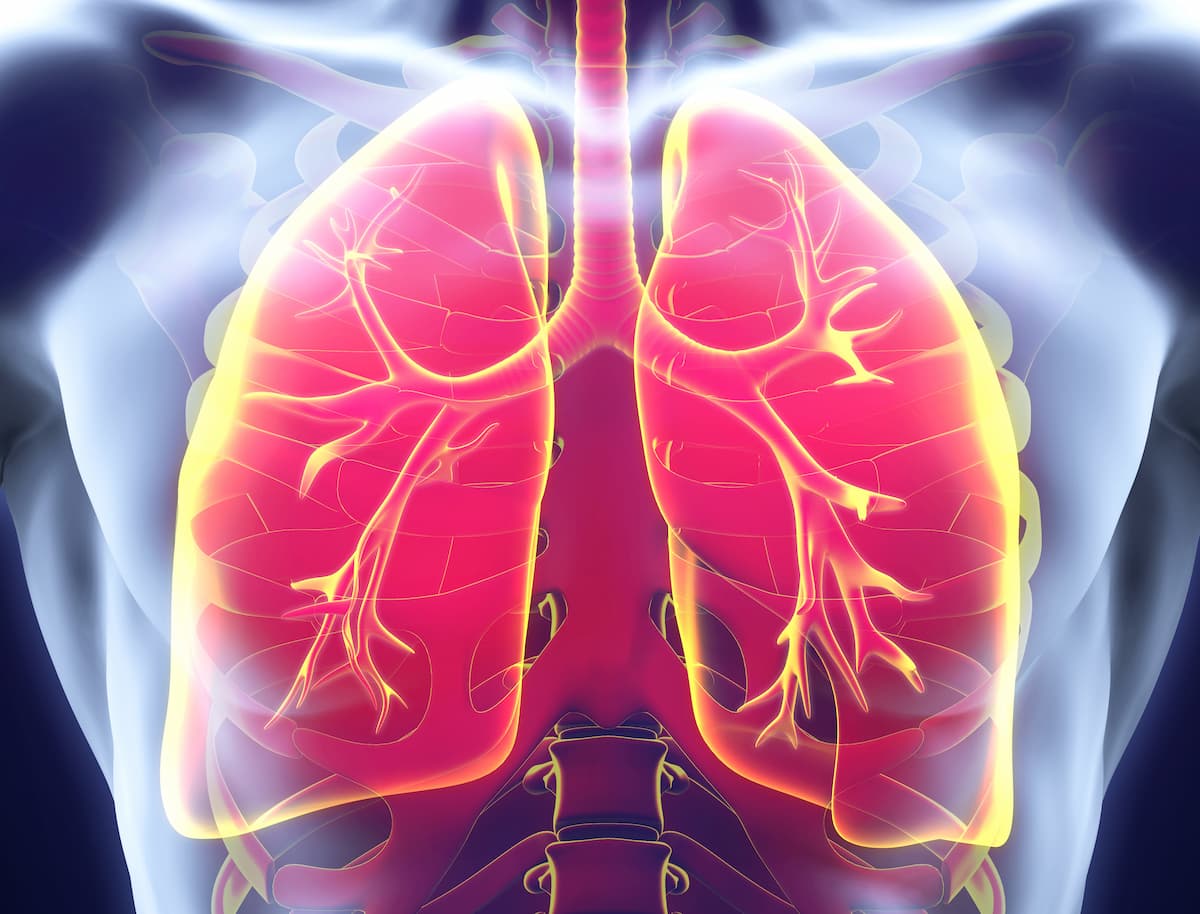Tobacco Control Helps Avert Millions of Lung Cancer Deaths
A stronger commitment to tobacco control at the local, state, and federal levels may further improve progress in preventing smoking-related mortality.
"...Despite these findings, lung cancer is still the leading cause of cancer death in the United States, and smoking-attributable morbidity and mortality from other cancers or diseases remain high," according to study author Farhad Islami, MD, PhD.

Reductions in smoking prevalence may have helped in averting nearly 4 million deaths related to lung cancer and saved approximately 76 million person-years of life (PYL), according to findings from a study published in CA: A Cancer Journal for Clinicians.1
From 1970 to 2022, the total estimated number of averted lung cancer deaths was 3,856,240, and the estimated number of PYL gained was 76,275,550. The estimated numbers of averted deaths and gained PYL, respectively, were 2,246,610 and 40,277,690 for men and 1,609,630 and 35,997,860 for women. The PYL gained per averted death was 22.4 years for women and 17.9 years for men.
Data showed that the number of averted lung cancer deaths from 1970 to 2022 represented 51.4% of an estimated 7,504,040 all-cancer deaths that were averted based on declines in overall cancer mortality rates. Additionally, the estimated number of averted lung cancer deaths was 3,182,430 and 527,360 for individuals who were White and Black, respectively. The number of averted lung cancer deaths and the proportion of averted lung cancer deaths to averted all-cancer deaths was higher for men vs women across the White and Black populations.
Sensitivity analyses showed an approximately 3.6-fold increase in the number of averted lung cancer deaths for men (1,696,510) compared with women (472,190). The number of averted lung cancer deaths via sensitivity analysis was 1,722,350 for individuals who were White and 360,670 for individuals who were Black.
“The substantial estimated numbers of averted lung cancer deaths and [PYL] gained highlight the remarkable effect of progress against smoking on reducing premature mortality from lung cancer. However, despite these findings, lung cancer is still the leading cause of cancer death in the United States, and smoking-attributable morbidity and mortality from other cancers or diseases remain high,” lead study author Farhad Islami, MD, PhD, senior scientific director of Cancer Disparity Research at the American Cancer Society (ACS), stated in a press release on these findings.2
Investigators collected data from the Centers for Disease Control and Prevention's National Center for Health Statistics to assess lung cancer mortality and all-cancer mortality among individuals who were 20 years and older from 1970 to 2022.
“Reducing smoking through tobacco control has saved millions of lives and can save millions more in the future. But we need a stronger commitment at the local, state, and federal levels to help further reduce smoking and substantially augment the progress against smoking-related mortality. It’s also important that these tobacco control programs be designed to reach groups at a higher risk of smoking, such as people of lower socioeconomic status, to help save even more lives,” Islami added.2
The study included an assessment of averted lung cancer deaths overall and for White and Black populations without stratification by Hispanic origin; other race groups and the Hispanic population did not have cancer mortality data available for the whole study period. Investigators estimated PYL for the entire US population without stratification by race due to race-specific life expectancy data being unavailable for Black populations from 1970 to 2022.
Investigators calculated the number of averted lung cancer deaths by subtracting the observed number of deaths from the expected number of deaths in each population. Additionally, estimations of gained PYL represented a measure of averted premature mortality based on the average additional years a person could have experienced if they did not die due to lung cancer.
“Increased and sustained funding for evidence-based tobacco prevention and cessation programs is needed now more than ever as part of a comprehensive approach to reducing tobacco use and, ultimately, the cancer burden for everyone in the US. The study’s findings show the impact of past tobacco control measures but also underscore the preventable deaths that continue to persist,” Lisa A. Lacasse, president of ACS’s advocacy affiliate, the ACS Cancer Action Network, stated in the press release.2 “Access to barrier-free, culturally competent cessation services, substantially increasing tobacco taxes, and implementing comprehensive smoke-free policies are proven policies to help people quit and prevent people, especially youth, from ever starting.”
References
- Islami F, Nargis N, Liu Q, et al. Averted lung cancer deaths due to reductions in cigarette smoking in the United States, 1970–2022. CA: A Cancer Journal for Clinicians. Published online March 25, 2025. doi:10.3322/caac.70005
- ACS study finds nearly four million pre-mature lung cancer deaths in U.S. averted and 76 million years of lives gained due to tobacco control. News release. American Cancer Society. March 25, 2025. Accessed March 26, 2025. https://tinyurl.com/2uv38vtj
Newsletter
Stay up to date on recent advances in the multidisciplinary approach to cancer.